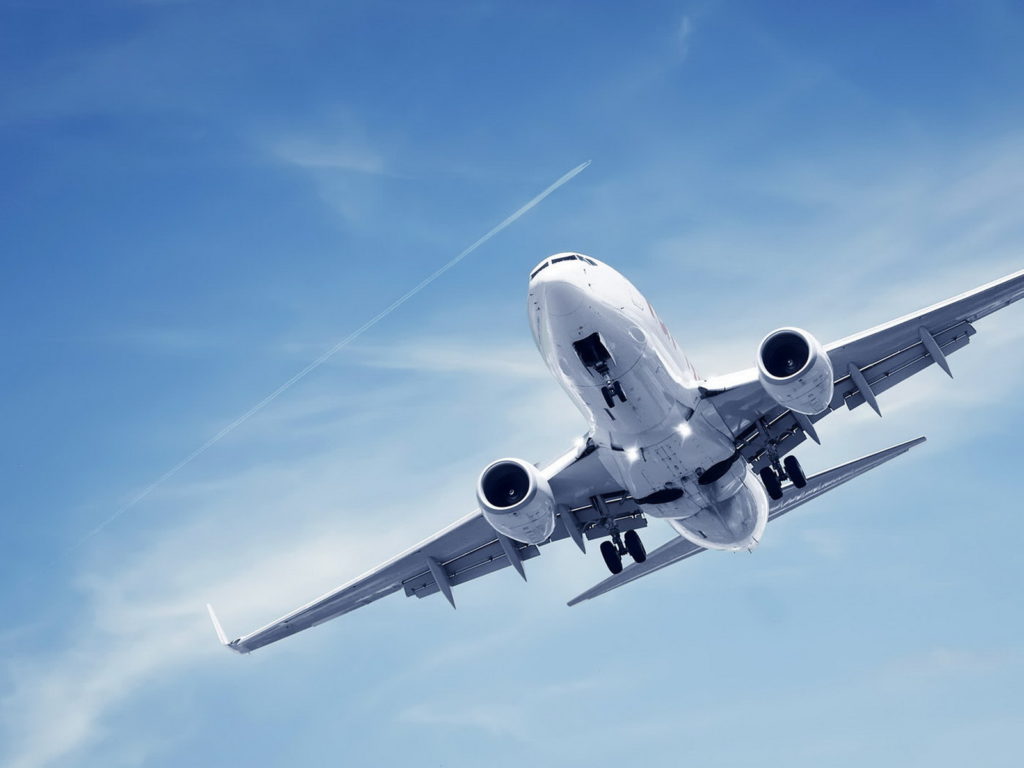How the pandemic is changing aviation forever

Overall passenger numbers and income, the future of dubious margin-level business travel, an incredible increase in the debt burden, paralysing losses at regional and even major hubs, airports, aircraft manufacturers and their suppliers – few if any sector has been so badly hit by COVID as aviation. It is astonishing that an airline flies still because of what has happened.
There wouldn’t be another summer in the Northern hemisphere, like the present one; I only overstate a little. The loss is hard to survive even the International Airlines Group, owners of British Airways and one of the biggest solvents of legacy airlines.
However, it already looks like a long shot for many airlines to return to the previous normalcy. The pandemic has led to far-reaching and likely permanent structural changes. For those who fail to recognise this, government aid will either be equally permanent or will collapse.
According to the latest IATA projections, this year passenger numbers are projected to rise globally by 62 per cent from the depressed 2020 base, but still to be almost 30 per cent lower than in 2019.
A full recovery to 2019 levels is not expected until 2023, one year later than previously forecast.
True enough, domestic traffic is already at or near the pre-pandemic level in some regions, particularly Russia, China, and the US, but these are all big internal markets that are not subject to international travel restrictions. The change will be felt most acutely in international traffic, particularly long-haul traffic.
John Strickland, a veteran air analyst, is one of those who think the mixture of this traffic will be significant and permanent. He believes that leisure travel, both short and long distances, should recover relatively fast. As soon as we’re allowed, most of us will be back on the plane. There are enough two stays in a row.
But that’s only half of it for airlines. A relatively small number of high-efficiency passengers generate the majority of the profits earned on long-haul flights, often travelling for business and thus willing to afford more premium service. By contrast, the financial contribution of recreational passengers is negligible and often negative, though most seats are filled, and a proportion of fixed costs is covered.
It is business travel that is particularly vulnerable to long-term COVID effects. Many companies found that they can perfectly well manage a large part of their international business via Zoom. There are always calls for face-to-face contact, but many companies will be using the pandemic to permanently reduce air miles both for budgetary and environmental reasons.
Strickland anticipates “massive structural change” with typical airlines flying smaller aircraft and a very different combination of leisure, premium economics, business, and premium space cabin.
Writing is on the wall but some airlines, particularly the major flag operators, are proving strangely slow to act against it, despite everything we’ve been through. The legacy carriers depend heavily on profitable transatlantic class travel. They are highly dependent. The airlines have taken away the bulk of their A380 and B747 jumbos in anticipation of the constantly reducing levels of such traffic before they were scheduled. It has been further enhanced by extensive job cuts and reform of the work practice.
Only a few anticipated how long airlines will be out or how long the pandemic will change behaviour.


Comments are closed.